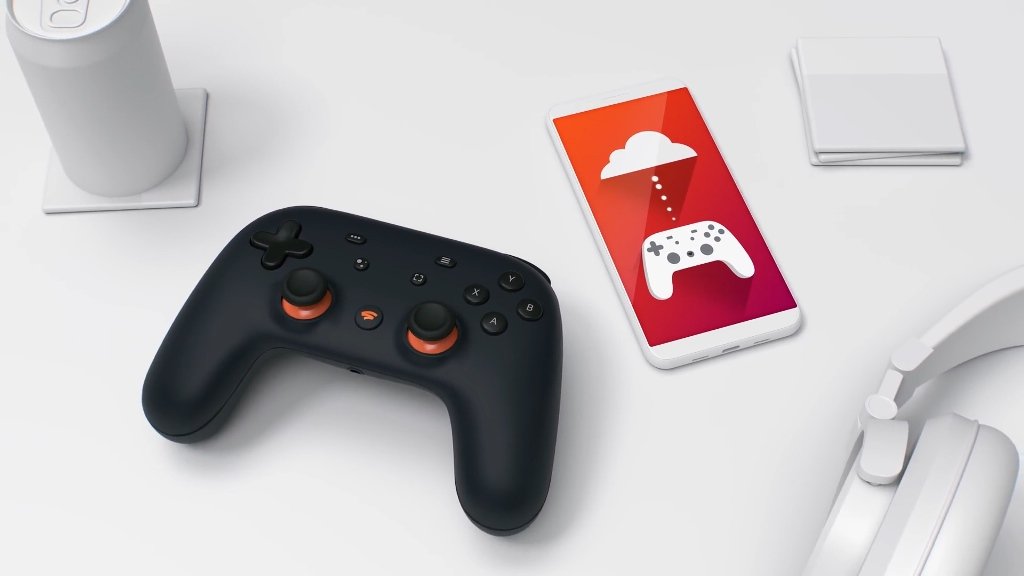
Is Google Stadia A Flop?
After spending much of 2019 building up to what was hyped as a revolution in the way video games are bought, played, and enjoyed, it’s all gone a little bit quiet in terms of the Google Stadia. This was supposed to be the ultimate video-gaming gadget – a simple method of turning virtually anything with a screen into a console capable of playing the latest and greatest video games in the world. Hardware performance was no longer an issue. Graphics cards and storage were no longer an issue. It should have been a watershed moment in gaming – so what’s happened to it?
The answer is that it launched, but at the time of writing, it’s barely done any more than that. Pre-order sales figures were low, and there’s been very little mainstream coverage of the device since its November launch date. You’ll find endless column inches about the potential of Stadia written prior to the launch, but very little written afterward. What has been written hasn’t been particularly complimentary. The hype train didn’t just dissipate; it disappeared completely. So what went wrong?
The Games
This is the most glaring error that Google could ever have made with a brand new video gaming console, and yet they made it. Stadia was touted and presented as a kind of Netflix equivalent for video games – all the games you could ever want, ready to stream, in one place. It’s the same money-making strategy that works for online slots websites. Why would anyone need to go out of the house to a casino if they could find everything they could conceivably want at an online slots website? The answer is that they wouldn’t and frequently don’t, but there’s a fundamental difference. Online slots websites have several hundred slot games available. Stadia has barely a dozen, and the majority of them are old. Of the big-name games that it does have, none are exclusive to the platform.
This is an almost unforgivable error to make at the point of launch. The potential of Stadia was massive. Players who have been forced to choose between the Xbox or the PlayStation (or buy both) should no longer have been faced with that conundrum. The very best games for all platforms should all have been united under Stadia, and there’s no reason for them not to be. The hardware is all accessed remotely, and so Google could even have Sony and Microsoft machines running the games if they so desired. They didn’t do that, and launched with an extensively depleted range.

There’s little point in a gaming system that doesn’t have games, and so right now, there seems to be little point to Google Stadia.
Internet Issues
This is a classic case of developers and programmers living in a bubble. To make use of Google Stadia, you need to have access to an internet connection capable of reliably sustaining a connection speed of at least 10mbps. In practice, you’ll experience jittery, lagging performance if your connection can’t give you at least double that.
That’s fine for the people who designed the system because they’re sitting in offices with super-fast fiber-optic connections. It’s less fine for everyone else.
In major towns and cities, fiber-optic broadband internet is everywhere, and the connection speed isn’t a problem. In smaller towns and villages – especially in rural locations – an internet connection that fast is a distant dream. This is especially true in large parts of the United States of America, which should have been one of Stadia’s target markets. When such a significant portion of your potential customer base can’t use your product, you should pause and think twice about whether your product is actually viable.
Bad Press
Among the small community of players who’ve picked up Google Stadia and are enjoying it, there’s a theory that elements of the gaming press were determined to oppose Stadia from the moment it was announced. There’s enough evidence around to give credence to those theories – the word ‘flop’ was used in several places weeks before Stadia had launched, which seems unfair.
Could it be the case that Microsoft and Sony called up their friends in the gaming press and ensured that their new rival would get a negative reception? Has Stadia not been given a fair hearing? It’s impossible to say. There’s only so much that a determinedly negative reviewer could do, though. If the streaming speed wasn’t an issue, and the lack of games didn’t limit the options available to players, no amount of bad reviews could mask the fact that the system fundamentally worked. Even if there were reviewers out there determined to give them a hard time, Google has made it harder for themselves by failing on such basic requirements.

It isn’t all over for Stadia yet. Google seems to be committed to the platform and has promised that more games and better functionality will appear shortly after the New Year. They feel that Stadia is the console equivalent of the 2020s, and so they’re happy to wait until the 2020s have arrived to prove that. If that’s the case, though, why launch now at all? Wouldn’t it have made more sense to hold back a few months, iron out technical issues, and develop a more extensive collection of games before they made Stadia available to the public? Without the substance to back it up, the launch has felt rushed and lackluster, and so it’s no surprise that the response from the intended audience for the product has been almost universally apathetic.
Right now, Google Stadia is little more than a controller that looks like it’s been taken from an Xbox and adapted for connection to a mobile phone. It won’t get far beyond that point unless Google is able to show it some serious love and attention early in the New Year. If they want to bring about a revolution in gaming, they’re going to need a revolution in optimism about their new toy first. Are they capable of doing it? It might take us until the end of 2020 to find out.




